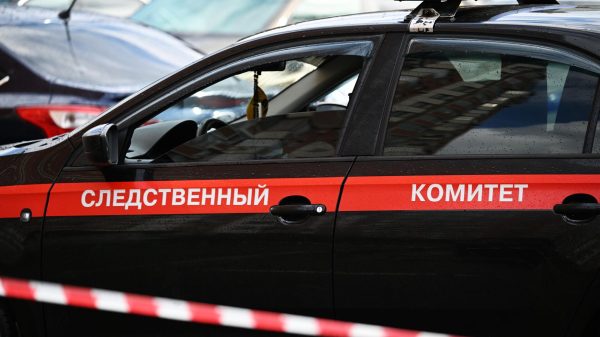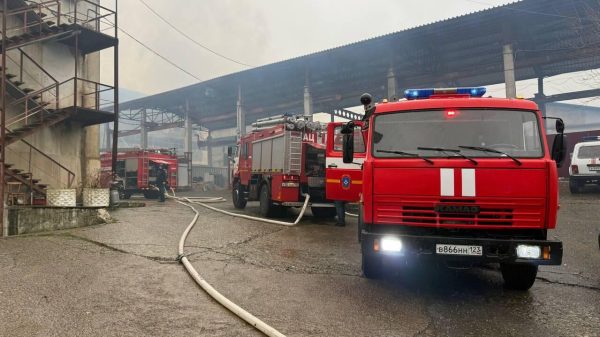An office worker in India’s Maharashtra state develops flu-like symptoms – and upsets the vaccination plans of a British fortysomething in lockdown thousands of miles away.
Such is the butterfly effect of the global scramble for Covid-19 vaccines, with a surge in Indian cases over the past week, as well as an acceleration of the country’s own vaccination rollout, resulting in a major shortage in Britain that could delay jabs for at least a month for people under the age of 50.
As recently as a fortnight ago, Indian Covid-19 rates were reaching record lows after plummeting for five consecutive months in a trend that led some scientists to speculate whether the disproportionately young country had acquired a form of herd immunity.
It was in that optimistic context that the UK announced it was acquiring 10m doses from the Serum Institute of India, the world’s largest vaccine manufacturer and the key source of doses for Covax, a vaccine-sharing agreement on which poor and middle-income countries are relying.
Then the situation in India changed. Cases have started climbing again in major population centres such as the capital, Delhi, and Maharashtra, a state that recorded 23,179 fresh cases in 24 hours this week – one of the highest daily figures there since the beginning of the pandemic.
With concerns that a virus variant with a “double mutation” may be responsible for the increase, the Indian prime minister, Narendra Modi, has urged state leaders to act decisively and implement new social distancing requirements if necessary to prevent another outbreak.
Alongside this escalating second wave, India’s massive Covid-19 vaccination drive is shaking off a slow start, doubling the amount of daily doses it is administering this week to 3m, putting it back on track towards its target of vaccinating 20% of the country by August.
With caseloads rising, and demand for vaccinations growing at home, the Indian government has asked the Serum Institute to keep more supply at home, and send less to the UK for now, a source authorised to speak for the manufacturer told the Guardian.
They emphasised the decision did not single out Britain – with whom the Indian government has recently tangled over perceived interference in its politics – but reflected the fact that Delhi has the whip hand over its vaccine exports and must ensure its own needs are met.
In blunt terms, those aged under 50 in a country that has already given doses to nearly 40% of its population are less of a priority than the institute’s commitments to Indians, just 2.7% of whom have received a jab, or agreements with Covax, which expects to receive 1bn doses from the Pune-based manufacturer by the end of the year.
Chart
There was also the possibility that the Serum Institute had booked more supply than it could manufacture, said Oommen C Kurian, a senior fellow at Delhi’s Observer Research Foundation thinktank.
“I wouldn’t be surprised if they had double-booked a few million doses, overlooking production capacity,” he said, pointing to an earlier episode in which the institute claimed Delhi was holding up supply that drew an official denial from the Indian government.
In a pandemic marked by widespread efforts to hoard medical equipment and treatments, India has cultivated a reputation as “the world’s pharmacy”, selling or gifting nearly 60m vaccines to other countries so far, compared with the 37m it has administered at home, according to official figures. Another 38m have been distributed to state governments and are awaiting use.
The spree of donations and exports was largely welcomed by Indians as the pandemic was receding, but amid grumblings in recent days the country’s foreign minister, S Jaishankar, told parliament on Wednesday that the largesse was strictly “based on the assessment of adequate availability at home”.
The outstanding 5m doses intended for the UK mean that the country’s progress is partly dependent on the situation in India over the next weeks. It is not clear how severe a second Indian wave of cases might be, with seroprevalence studies suggesting the virus has already infected at least one in five Indians, and more than half the population in some cities.
Deaths so far appear to be significantly lower than in the first wave, but “if the new wave starts killing more people, then all bets are off”, Kurian said.






















































Свежие комментарии